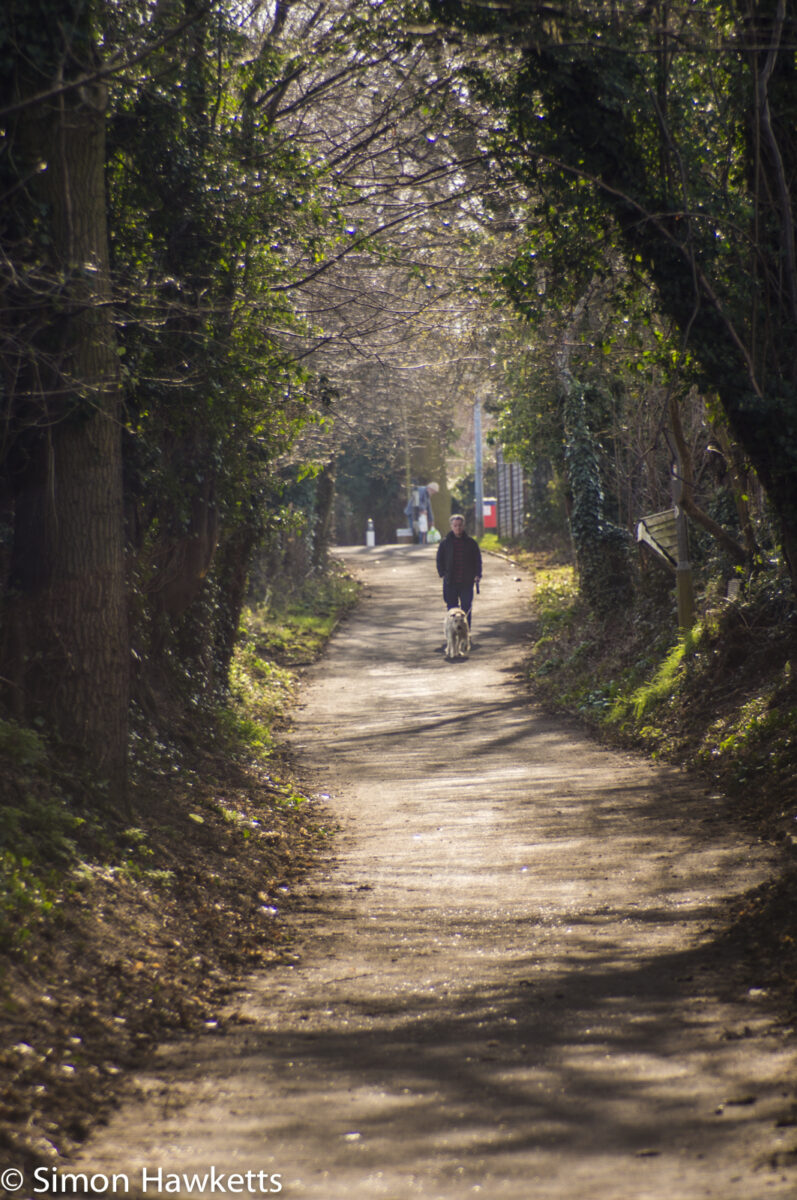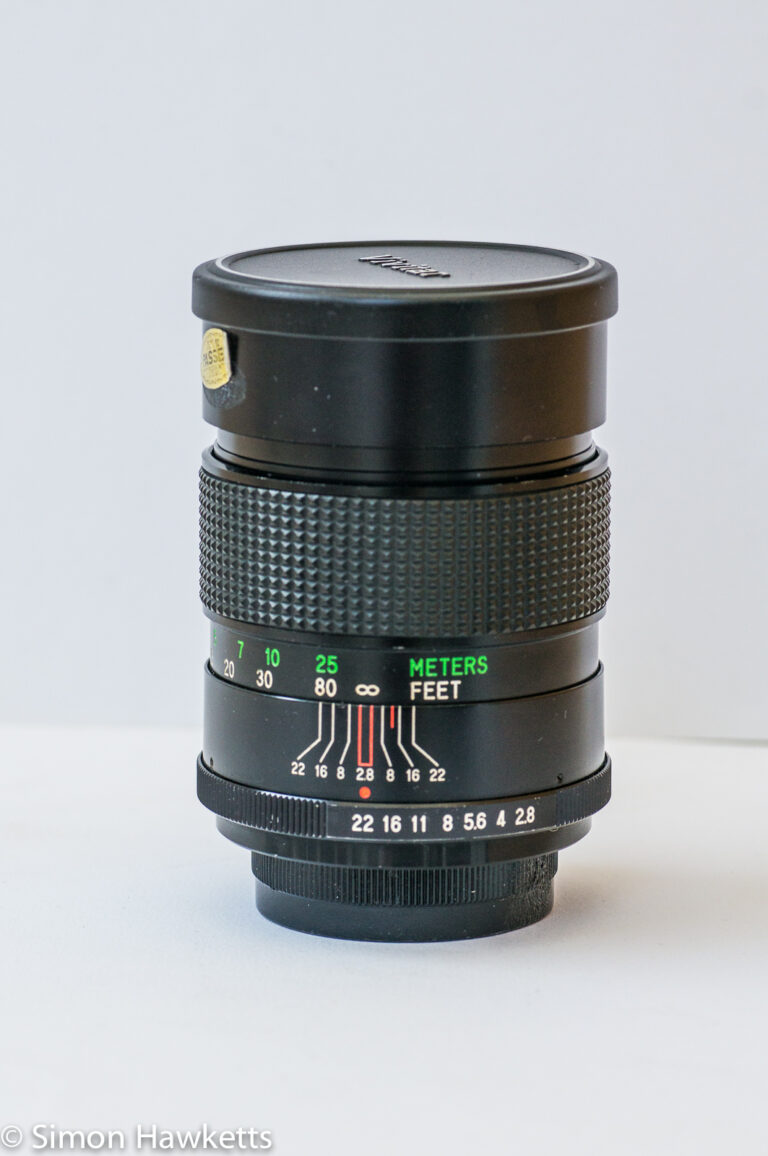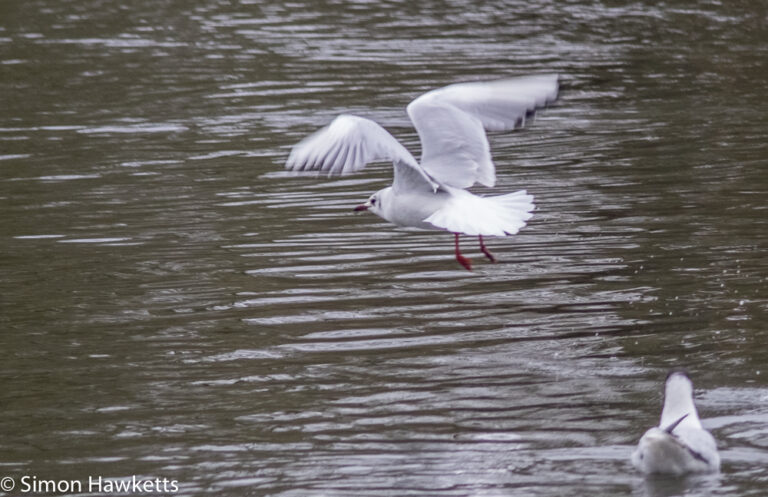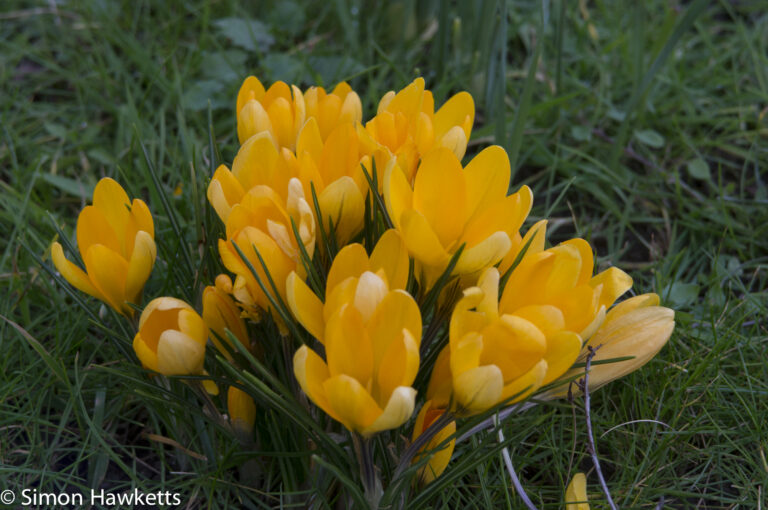Vivitar series 1 70 – 210 mm Macro Zoom
This post is about this classic telephoto zoom lens, a Vivitar Series 1 70 – 210 Macro Zoom, which I bought from eBay UK this week.

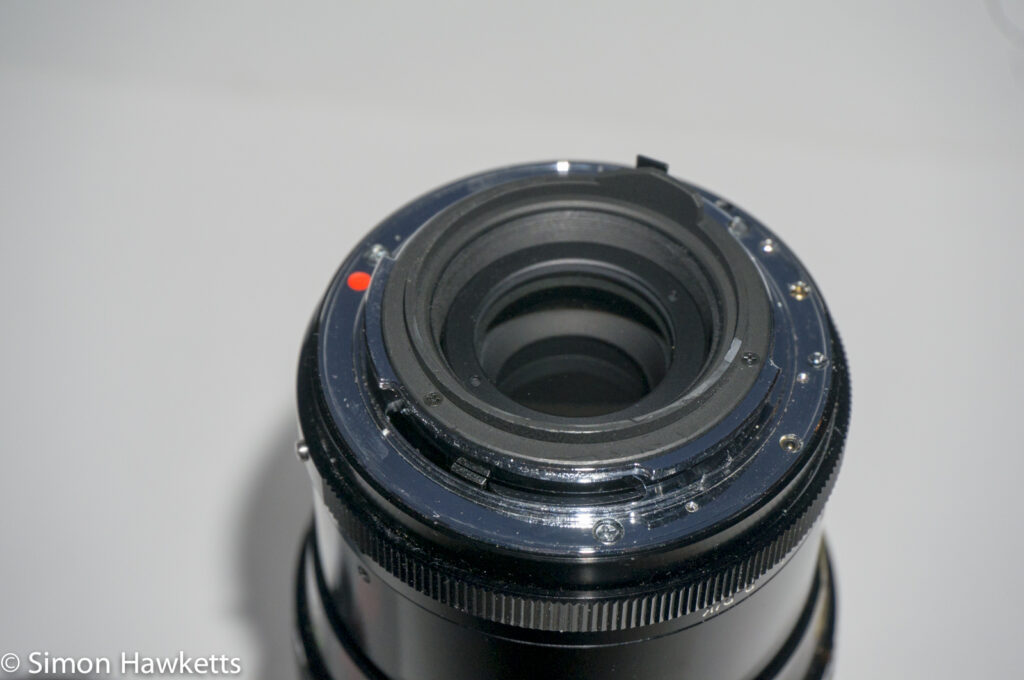
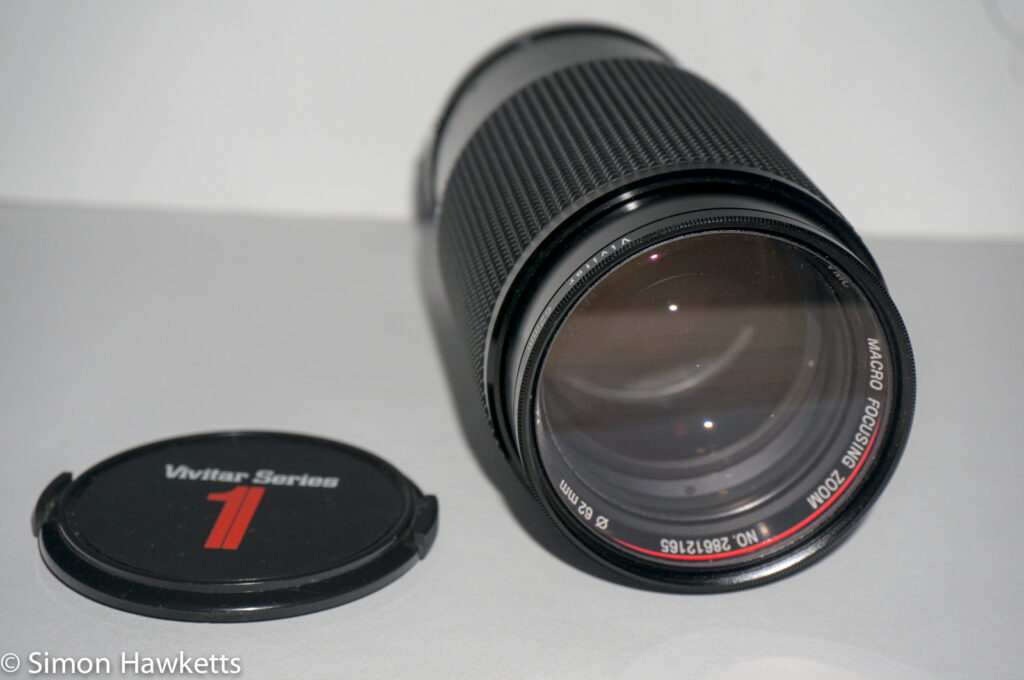
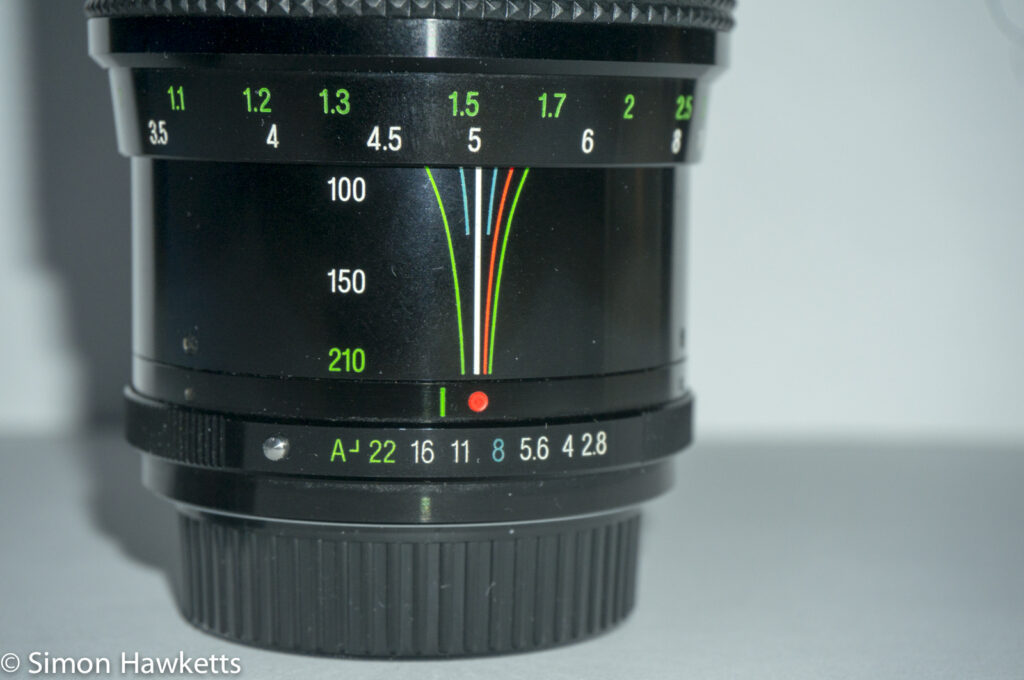
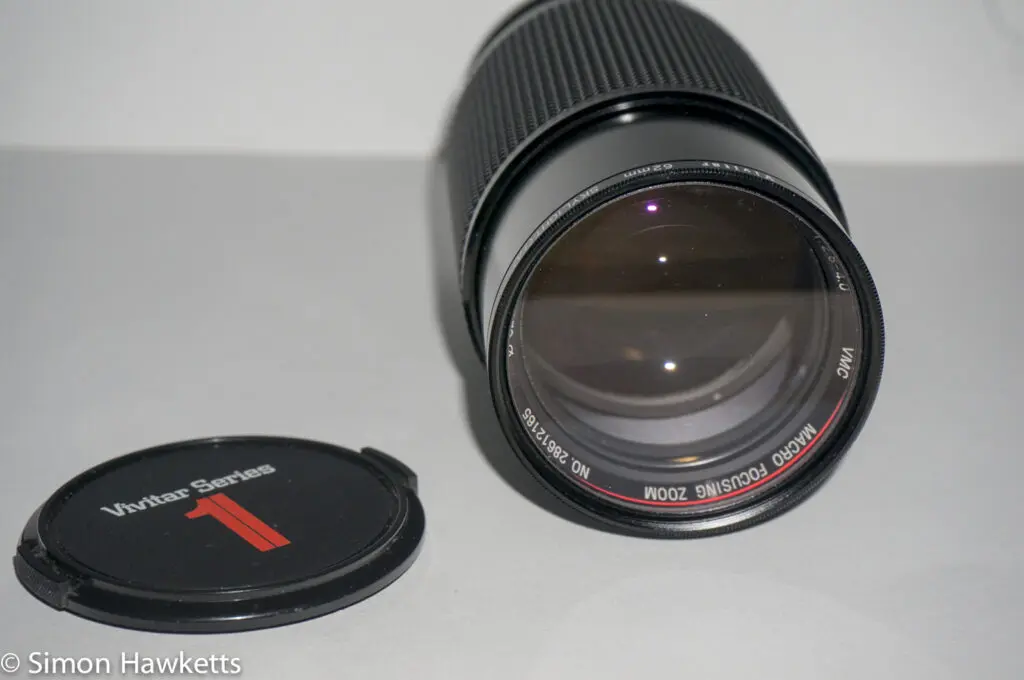
This lens was made in several different versions over the years, and it’s generally accepted that the first three versions were the best in terms of sharpness and contrast. I picked my copy up from eBay for £50 which seems to be the going rate for a good clean example, and for that I got a very clean lens with clear optics, a fitted UV filter, front and rear caps and supplied in its original box. I have a Pentax K mount version, with an ‘A’ option on the aperture ring, which allows me to use it in auto exposure mode on my K5, and manually on the NEX 6. Of course, it’s a manual focus lens.
Vivitar Series 1 70-210 Zoom History
As I said above, there were several versions of this lens and there were several manufacturers involved in making them. After doing some internet research it seems the versions were
- 70-210 mm f/3.5 with a 67 mm diameter filter made by Kiron
- 70-210 mm f/3.5 with a 62 mm diameter filter made by Tokina
- 70-210 mm f/2.8-4.0 with a 62 mm diameter filter made by Komine
- 70-210 mm f/2.8-4.0 with a 62 mm or 58 mm diameter filter made by Cosina
- 70-210 mm f/2.8-4.0 with a 58 mm diameter filter made by Cosina
It’s possible to identify any particular version by the general spec as shown above and by the serial number, the first two digits of which give the manufacturer. The serial number of my copy is 28612165 and the starting 28 indicated that it was made by Komine. So I have version 3 of this lens. The basic design of the lens changed a bit between the different versions, the biggest difference I could see is the removal of the macro switch which was fitted to version 1 to move to macro mode. I believe my copy was made about 1986.
Vivitar Series 1 70-210 Description
The first thing you notice when handling this lens is the weight and the solid construction. This is a seriously hefty lens and I would certainly not fit it to my NEX 6 on a tripod without a lens tripod mount.
Here are the basic statistics of the lens
- Focal length 70-210mm
- Effective focal length on APS-C camera 105-315mm
- Maximum aperture f/2.8 at 70mm f/4.0 at 210
- Minimum focusing distance 0.8m
- Mount PK-A
- Multicoated
Because it’s a version 3 lens, the macro switch which was fitted to version 1 is gone, and the lens just focuses by turning the focus ring, but if the subject is close to the lens the zoom automatically engages as you focus closer and pushes the lens to about 100 mm focal length. Once you are in macro mode the lens focuses very close, only a couple of feet or so away from the end of the lens.
Focusing is achieved by turning the large knurled ring, and the zoom is operated by pushing the focus ring forward and back. The shortest focal length of 70 mm is with the ring pushed as far forward as it will go. There is a depth of field scale on the lens barrel to indicate the amount of the picture which will be in focus at any particular focal length.
The overall length of the lens changes by about 10-20 mm as the focus is moved from one extreme to the other and the filter does rotate as you focus so any polarising filter would need to be rotated after focusing.
Using the Vivitar Series 1 70 – 210 Macro Zoom
I’ve used this lens on both my Pentax K-5 and my Sony Nex-6.
On the Pentax the lens is somewhat easier to use because it has the A setting, so I can use normal Aperture priority mode to set the exposure. The camera also feels fairly well-balanced because the weight of the lens is just about the same as the weight of the camera. Focusing however is a little tricky because my eyes are not as good as I would like.
On the Sony the lens feels pretty big and clumsy – on a couple of occasions I had to actually drop the camera down to waist level to hold it by the mount adaptor, so I could change the focus from the macro end to the infinity end! However, focusing was considerably easier because the focus peaking outlines the in-focus part of the image. It makes me wish that Pentax would release a software update for the K5 to add focus peaking (although I guess it would only be in live-view mode which I almost never use)
Vivitar Series 1 70 – 210 sample pictures
Below are the images I captured with this lens as I went out this afternoon. The metadata shows the camera used to capture the image, and in the case of the Pentax the aperture and shutter speed used as well as the ISO. On the NEX 6 the aperture isn’t shown, but all the pictures were taken between f/2.8 and f/8. Overall I’m pretty impressed with the technical quality of the lens. As usual click on the pictures for a bigger view and to see the camera data.

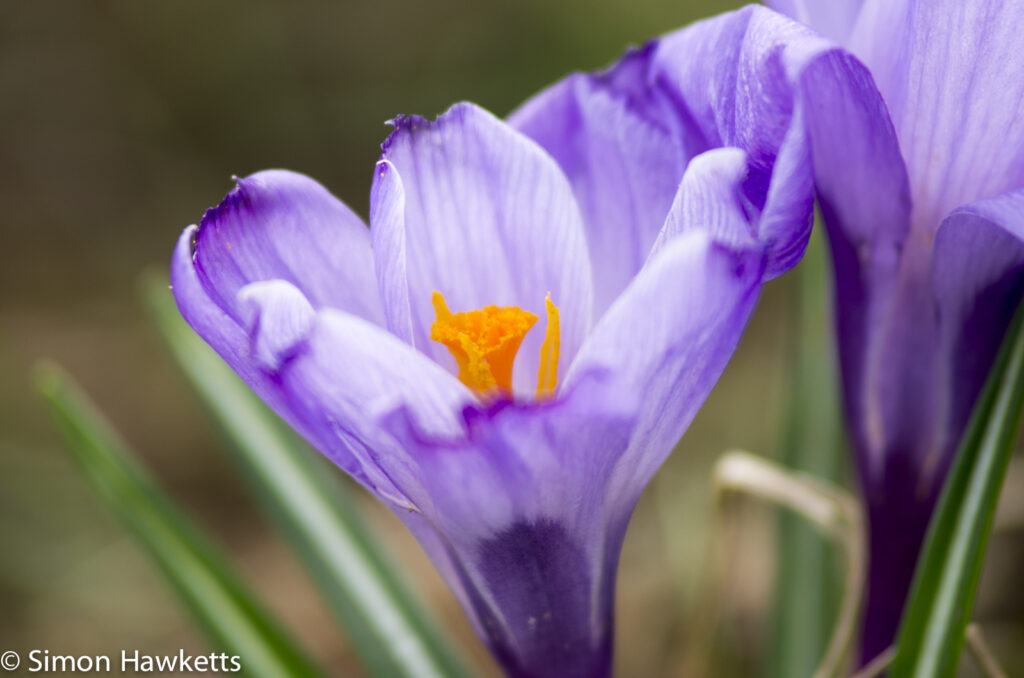
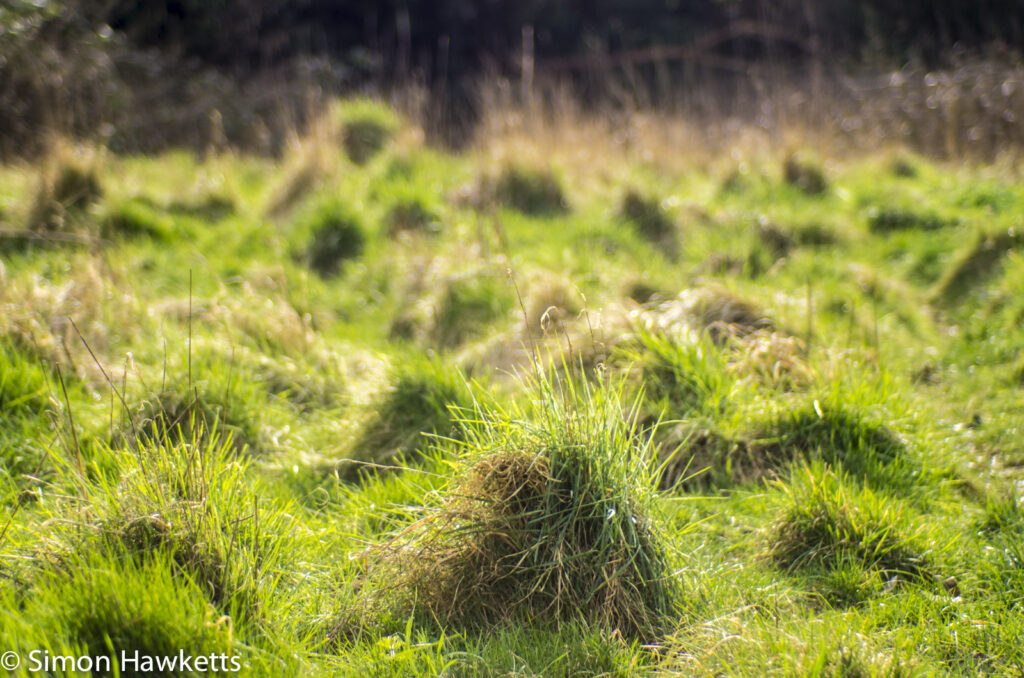
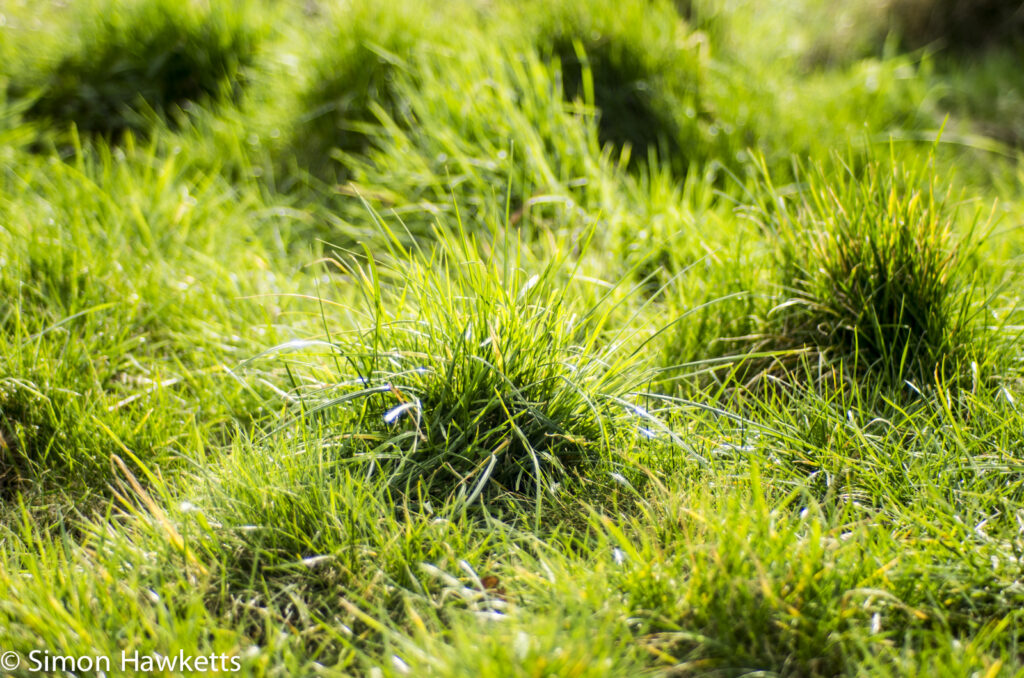
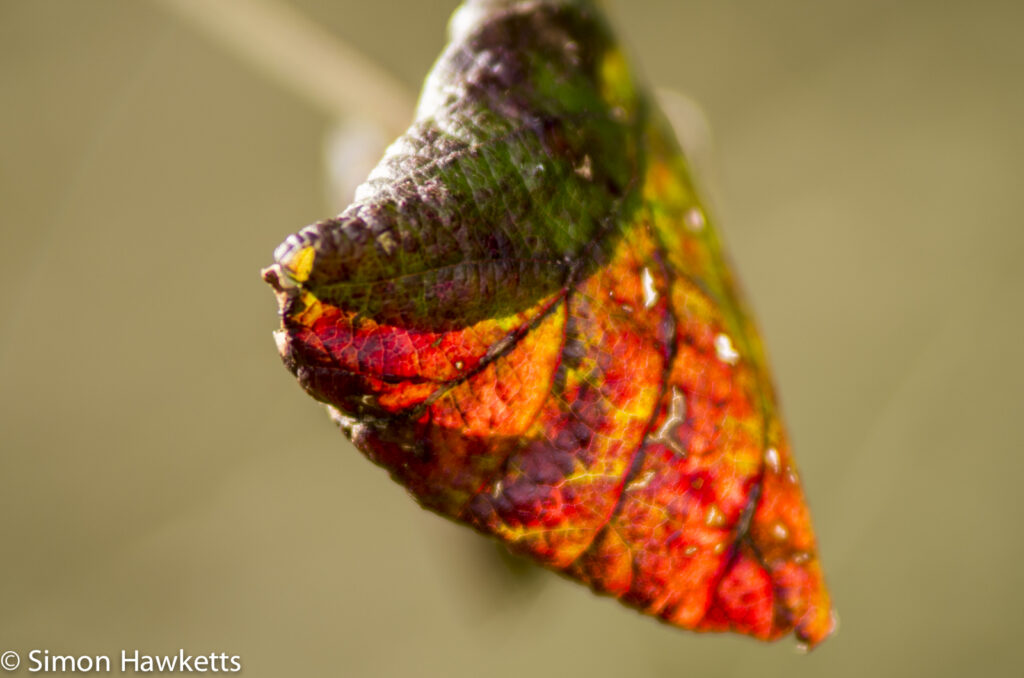
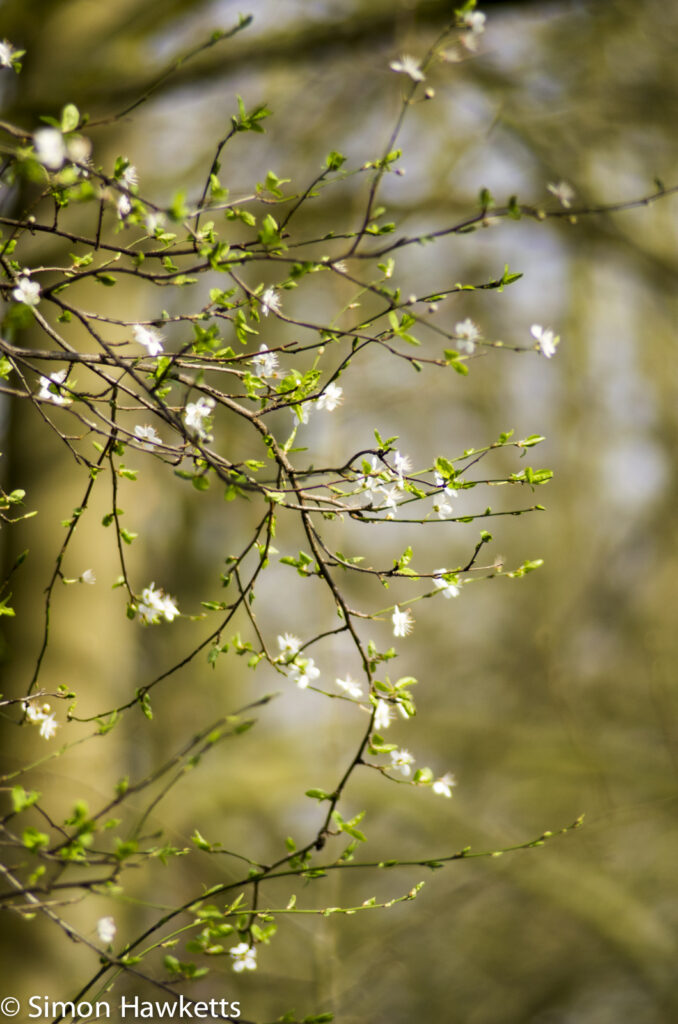
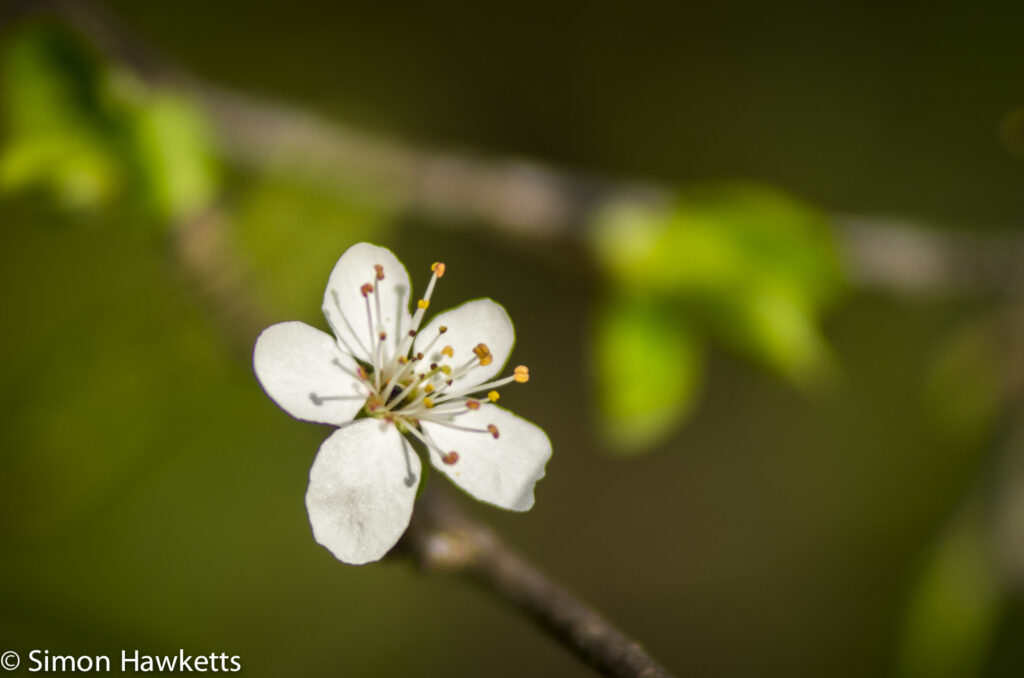


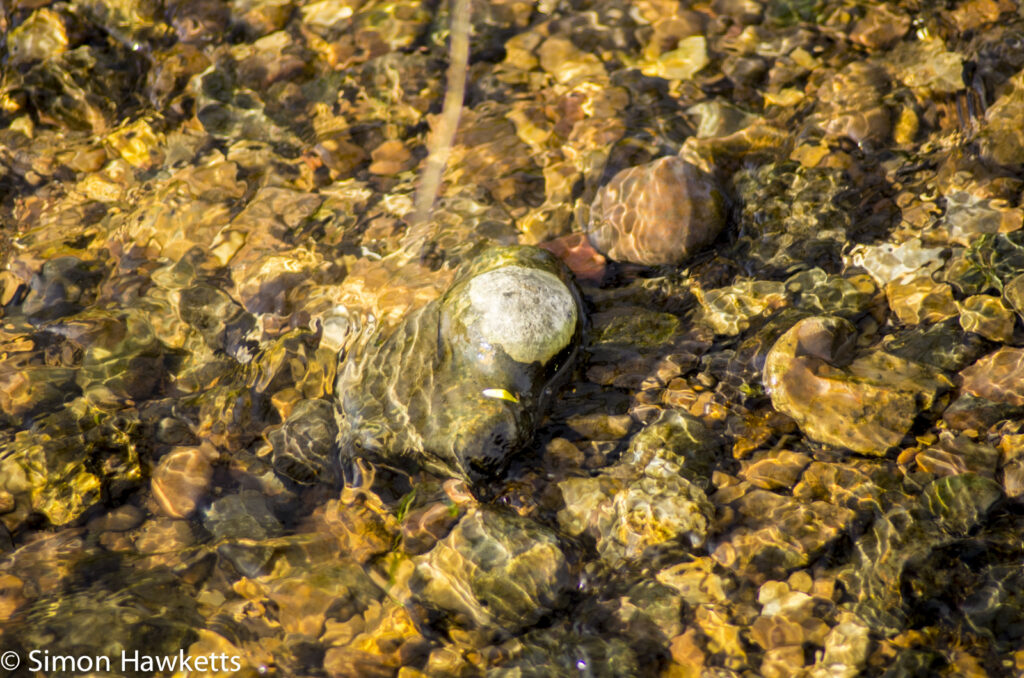
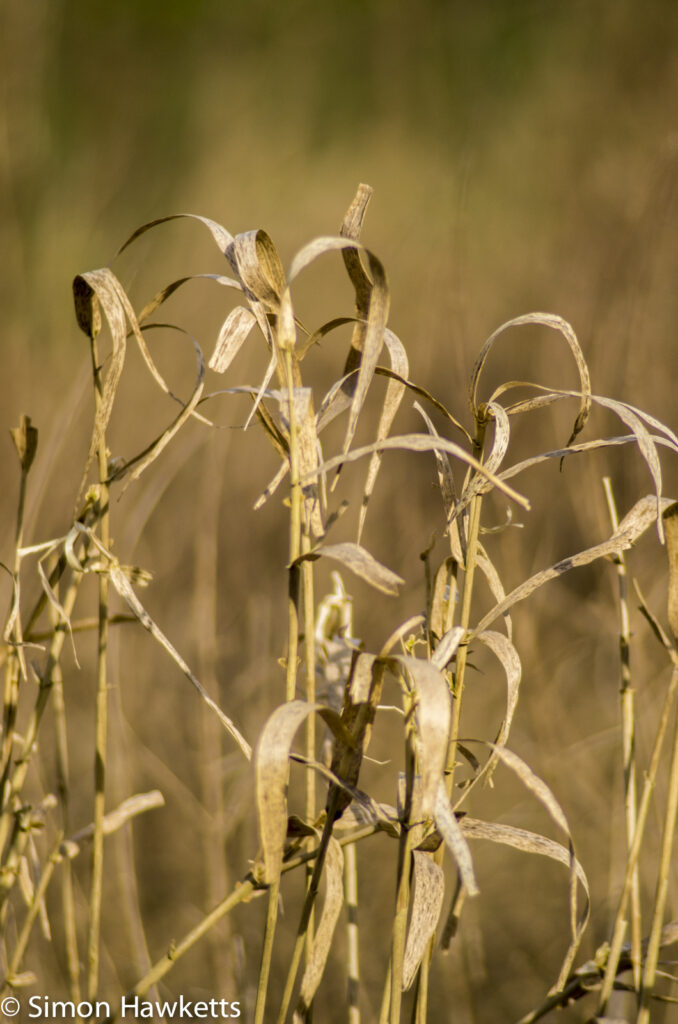
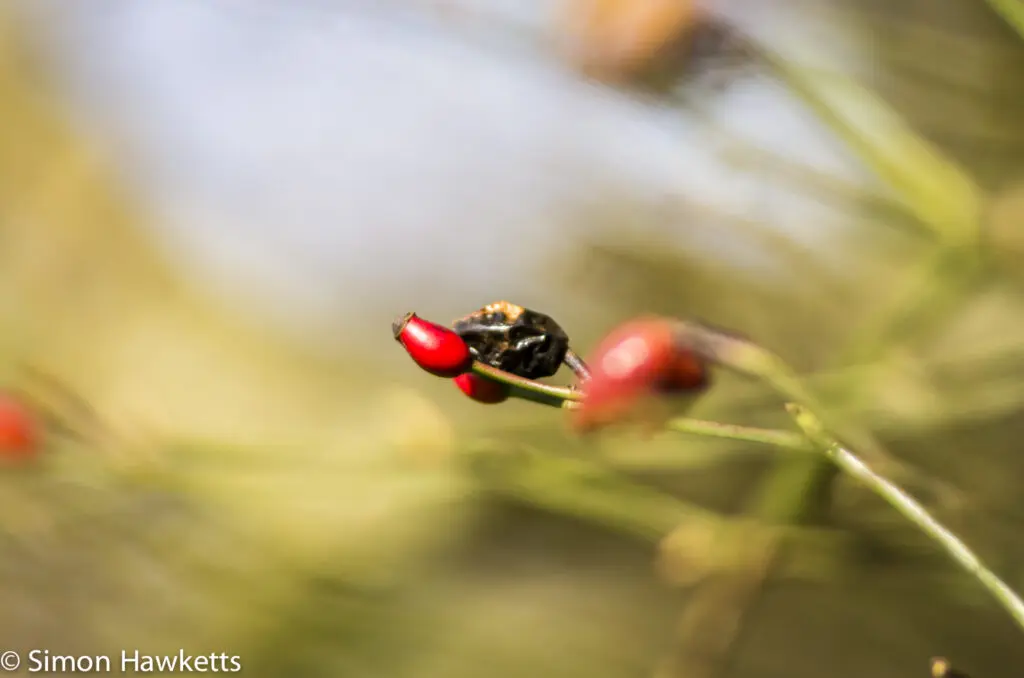
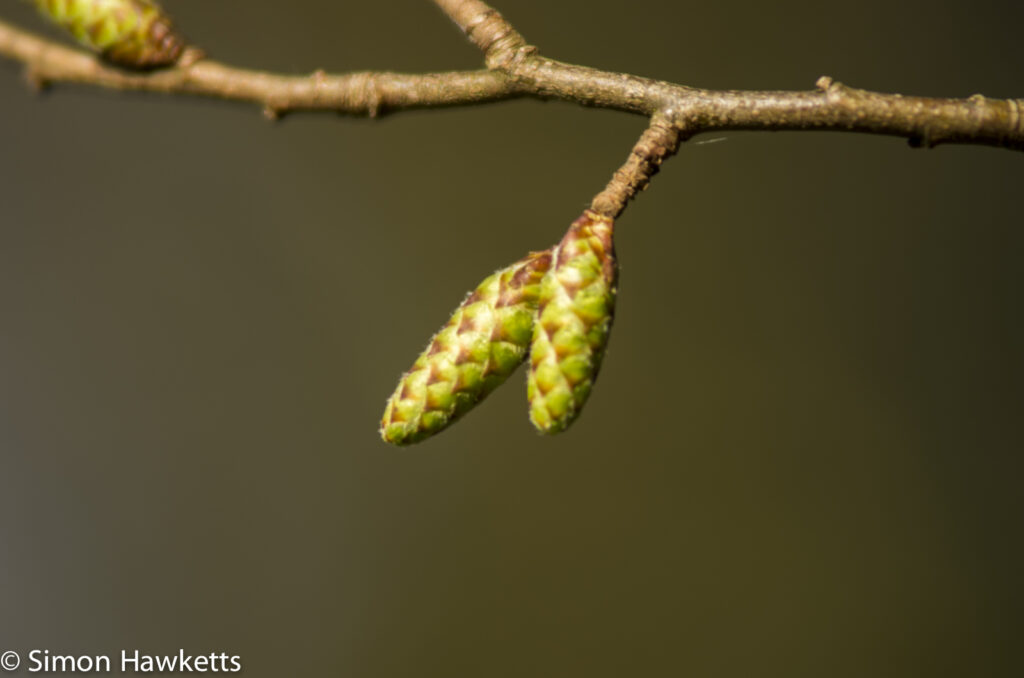
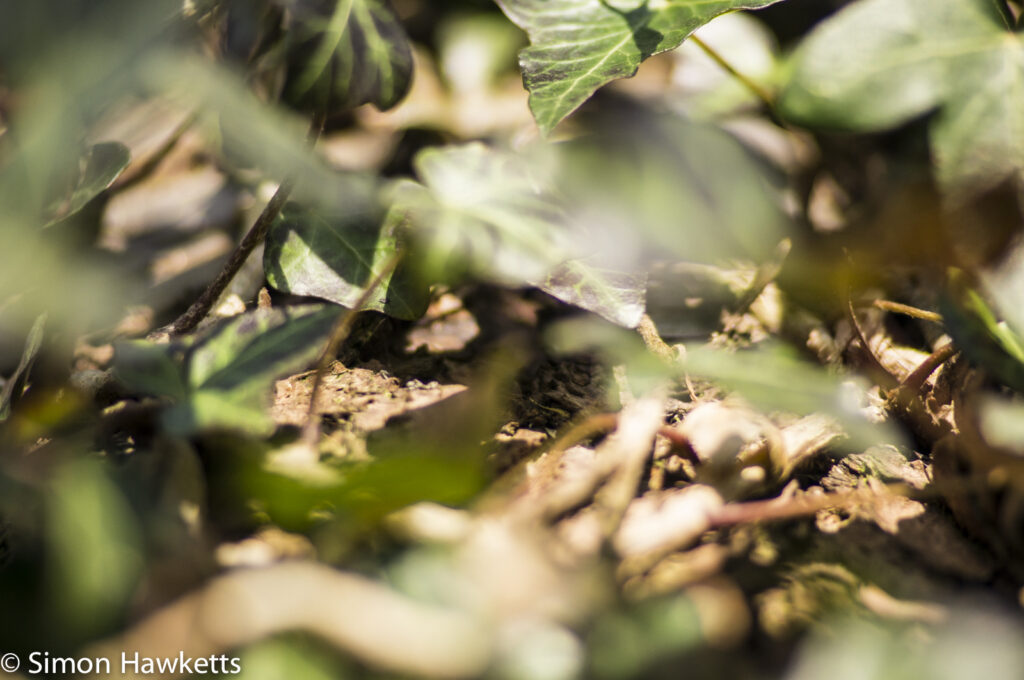
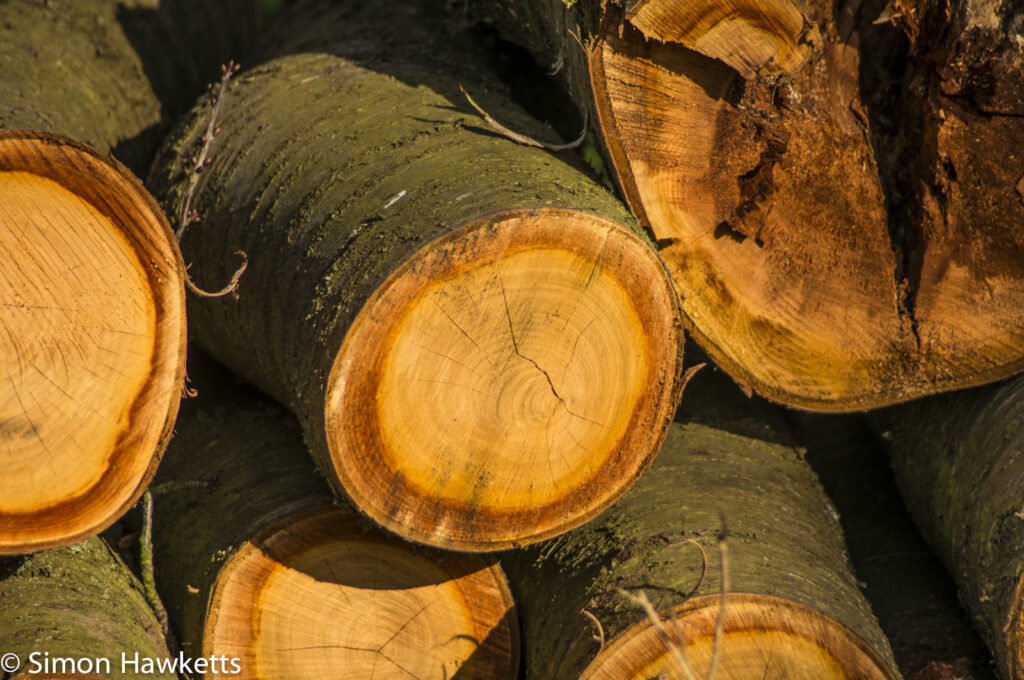

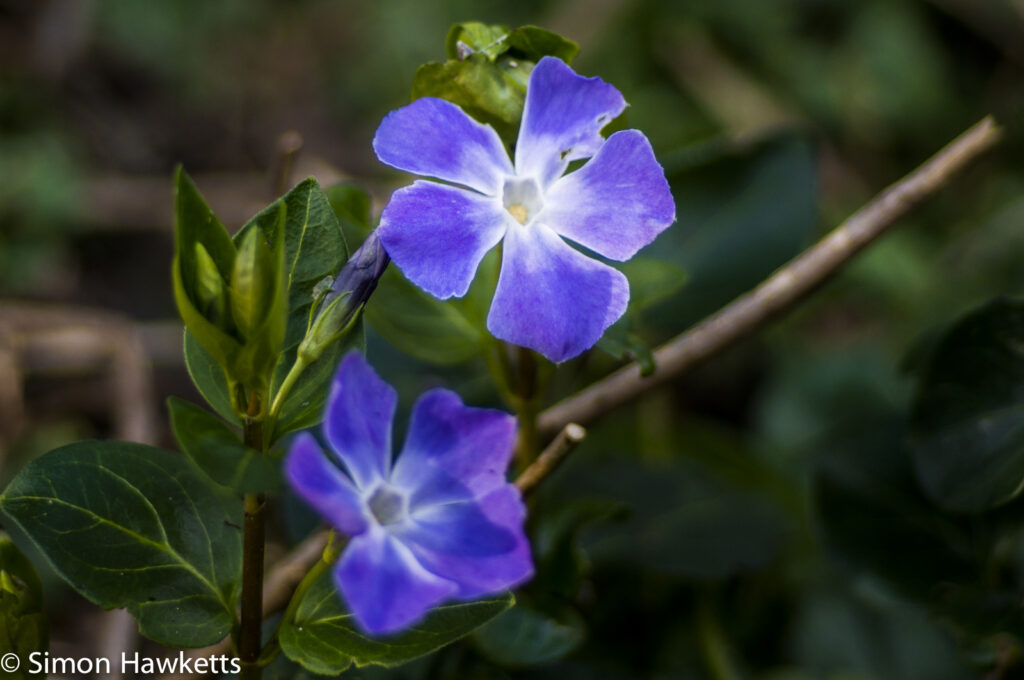
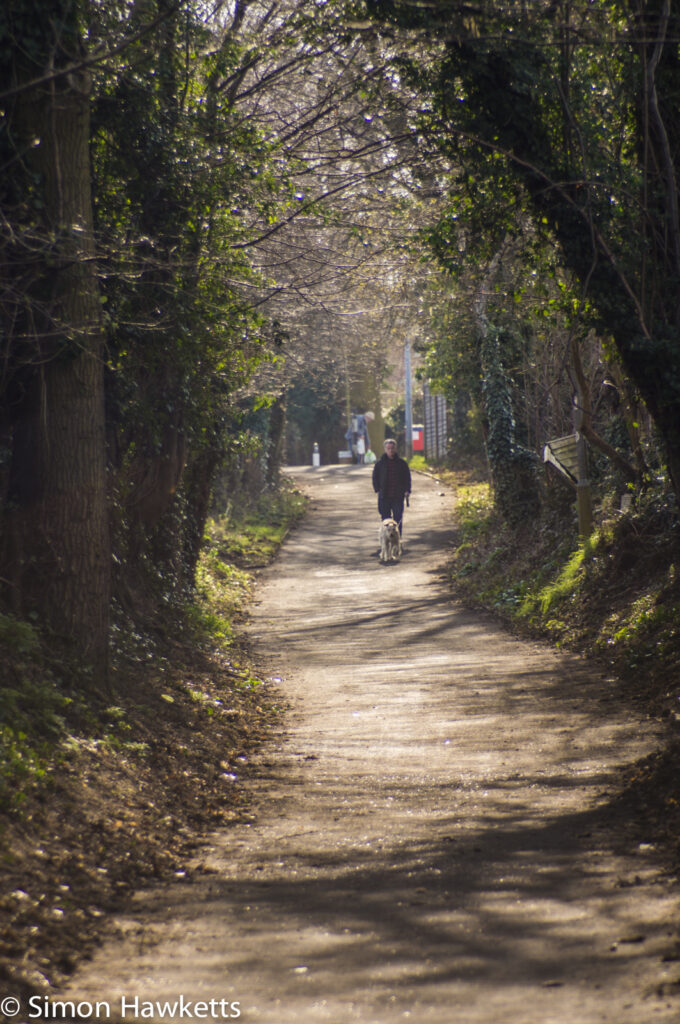
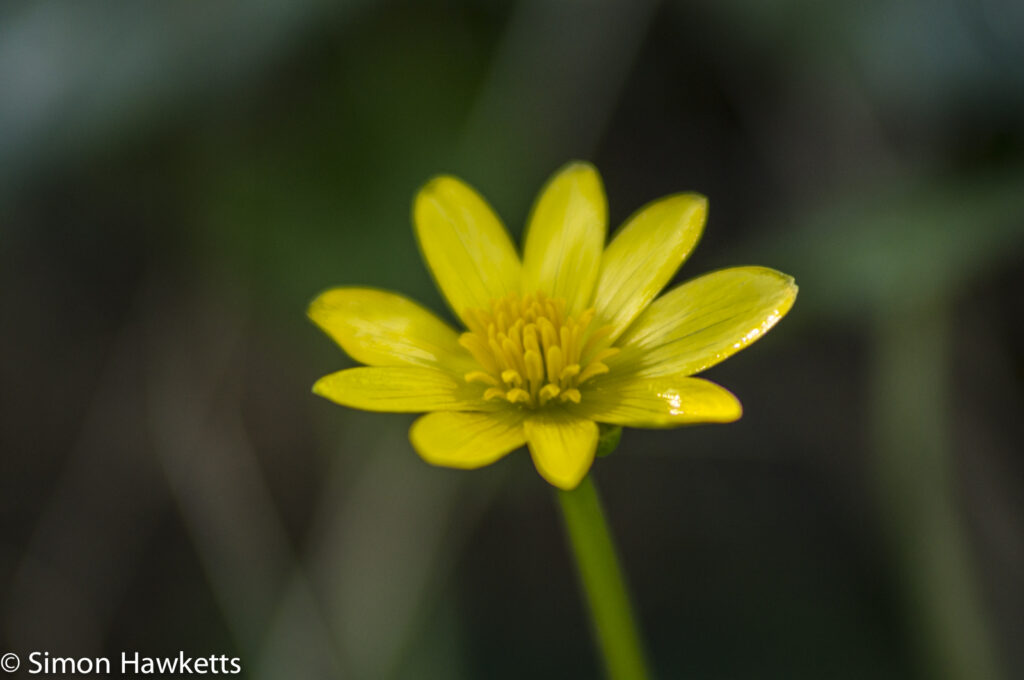
Discover more from Everything Vintage
Subscribe to get the latest posts sent to your email.

